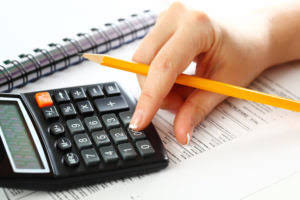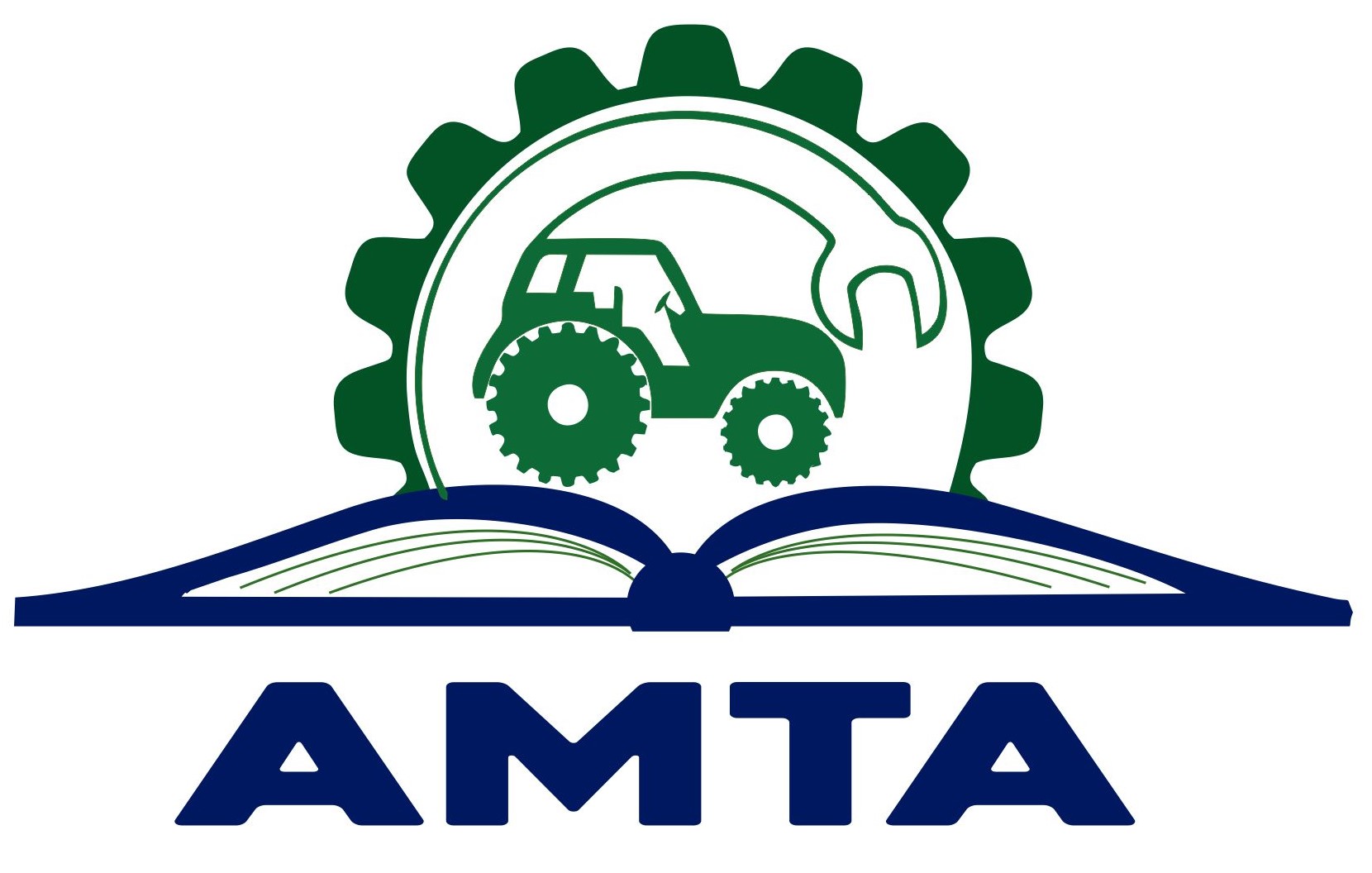3 6: Prepare a Trial Balance Business LibreTexts

Most companies seek to analyze their performance on a monthly basis, though some may focus more heavily on quarterly or annual results. Adjusting entries are all about making sure that your financial statements only contain information that is relevant to the particular period of time you’re interested in. However, to avoid omission, it is recommended to extract the final cash balance first, after which the remaining ledger balances can be listed in either page or book sequence.

What Is the Difference Between the Accounting Cycle and the Budget Cycle?
- For illustration purposes, let’s assume that the below expenses have not been adjusted yet by an accountant of ABC Co.
- While we still have not prepared financial statements, we have captured the activity and organized it into a trial balance.
- This can result in a balance increasing when it should be decreasing leaving you with incorrect numbers at the end of an accounting period.
- Journalizing transactions is the second step among the 10 steps of the accounting cycle.
- The reconciliation process involves comparing your internal financial records to external records or physical assets to verify the accuracy of transactions and ending balances.
- A trial balanceis an important step in the accounting process, because it helpsidentify any computational errors throughout the first three stepsin the cycle.
The general purpose of producing a trial balance is to ensure that the entries in a company’s bookkeeping system are mathematically correct. Once all ledger accounts and their balances are recorded, the debit and credit columns on the adjusted trial balance are totaled to see if the figures in each column match. After the unadjusted trial balance is prepared and it appearserror-free, a company might look at its financial statements to getan idea of the company’s position before adjustments are made tocertain accounts.
General Ledger
For instance, if a transaction involving payment of a $ 100 account payable is never recorded, the trial balance totals still balance, but at an amount that is $ 100 too high. Cash accounting requires transactions to be recorded when cash is either received or paid. Double-entry bookkeeping calls for recording two entries with each transaction in order to manage a thoroughly developed balance sheet along with an income statement and cash flow statement. In our detailed accounting cycle, we justfinished step 5 preparing adjusting journal entries. We will use the samemethod of posting (ledger card or T-accounts) we used for step 3 aswe are just updating the balances. Remember, you do not change yourjournal entries for posting — if you debit in an entry you debitwhen you post.

Which of these is most important for your financial advisor to have?
In Completing the Accounting Cycle, we continue our discussion of the accounting cycle, completing the last steps of journalizing and posting closing entries and preparing a post-closing trial balance. The next step is to record information in the adjusted trial balance columns. Looking at the asset section of the balance sheet, Accumulated Depreciation–Equipment is included as a contra asset account to equipment. The accumulated depreciation ($75) is taken away from the original cost of the equipment ($3,500) to show the book value of equipment ($3,425). The accounting equation is balanced, as shown on the balance sheet, because total assets equal $29,965 as do the total liabilities and stockholders’ equity.
Posting to general ledger

Since this is the first month of business for Printing Plus, there is no beginning retained earnings balance. Notice the net income of $4,665 from the income statement is carried over to the statement of retained earnings. Dividends are taken away from the sum of beginning retained earnings and net income to get the ending retained earnings balance of $4,565 for January. This ending retained https://www.bookstime.com/ earnings balance is transferred to the balance sheet. The accounting cycle is the holistic process of recording and processing all financial transactions of a company, from when the transaction occurs, to its representation on the financial statements, to closing the accounts. One of the main duties of a bookkeeper is to keep track of the full accounting cycle from start to finish.
When the difference is divisible by 2, look for an amount in the trial balance that is equal to one-half of the difference. Each accountant or bookkeeper shall understand the key principle of Debits (left-hand side) and Credits (right-hand side) when they analyze transactions. If they don’t understand once a trial balance has been prepared, the next step of the accounting cycle involves the rule of Debits and Credits and incorporate them into the analyzing process, they won’t be able to record transactions correctly. This rule differs for assets, liabilities, equity, revenues, and expenses. At this point you might be wondering what the big deal is with trial balances.



